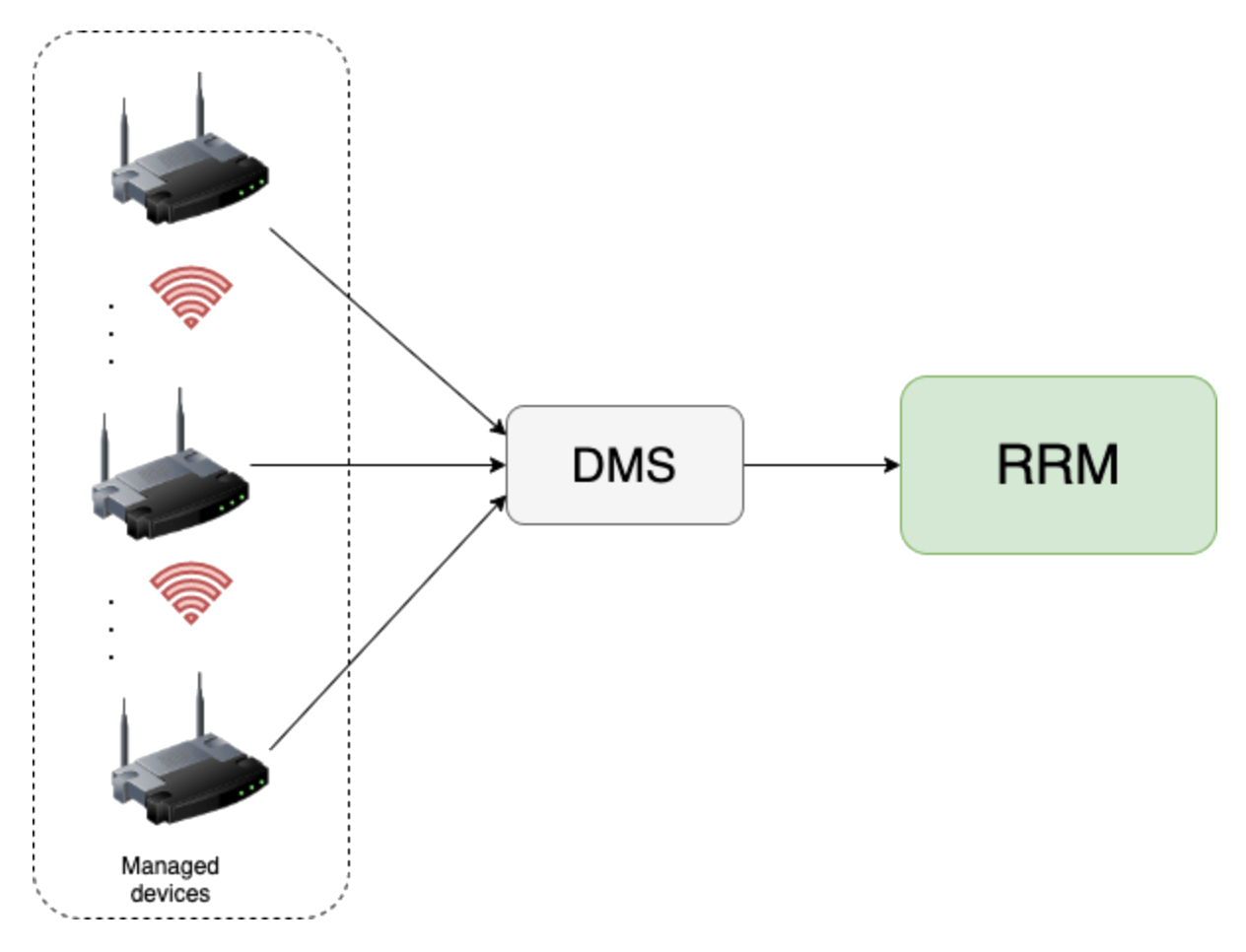Cluster Optimization vs. Auto Channel
Auto channel: why is it not a "silver bullet"?
The Auto-channel means that a WiFi router selects channels automatically based on the vendor’s algorithms. In this case, only a single device is considered and this can increase interference for the whole system. For optimal results, additional optimization algorithms are required to make the optimization process stable and manageable.
Most APs only select a channel at boot time, but a channel, which was good enough the last time the AP was rebooted, can be a poor choice after a few days, weeks, or months.
Usually people don't want to delay booting by spending enough time to evaluate each channel thoroughly and end up using a simplified approach like "just pick the channel used the least", which doesn't necessarily mean that such channels will provide the best throughput and reliability.
Key points:
AP's auto-channel functionality is not an efficient method of management and engineering of wireless networks, especially when networks are heavily congested.
Centralized network Radio Resource Management is essential in congested wireless network ecosystems.
Efficient wireless network Radio Resource Management (RRM) solutions must be capable of treating devices in their network neighborhood accordingly and adaptively to their class (Managed AP or Alien AP classes).
Cluster optimization algorithms
Sometimes optimization of a single device may decrease the overall performance of a wireless network. Cluster-based optimization is a way to mitigate this issue.
However, what criteria should be used for selecting the best channels? Channel quality weights (CQW) are the quality metrics for all RF channels in a band.
CQW are calculated by RRM (Radio resource management) based on data collected from an access point. The channel is assigned to devices for broadcasting based on the maximum available CQW within the predefined user and country restrictions. RRM algorithms take into account devices controlled by the same provider (Managed AP devices) and organize a wireless network for minimal managed AP interference.
RRM receives Radio information from the CPE APs, runs algorithms in order to estimate the current environment, and finally makes changes if needed in the APs configuration. RRM has a REST interface and is integrated with device management systems (DMS), for example: ACS(CWMP TR-069), Controller(USP TR-369) or any others)
Device throughput is usually affected by interference from other Wi-Fi devices in the network environment and radio signals/noise in the spectrum other than Wi-Fi. Wi-Fi interference is created by two components: interference with Alien AP (not controlled by the ISP) devices and Managed AP (ISP controlled) devices. They are technically similar but algorithms can handle them differently, minimizing the effects for Managed AP devices.
When a CPE is set to another channel, the CQW of the initial channel gets higher, while the CQW of the target channel degrades. CQW strongly correlates with the overall interference seen by the CPE.
Channel Selection Algorithms should include comparison of the initial channel CQW (which is a reference point) and the target channel CQW with the assumption that AP switched to that channel.
The most obvious implementation of the cluster optimization is the “brute force” way. Let's call it the "Brute Force algorithm". The main idea of the "Brute Force algorithm" is to select the best channel combination from all the possible combinations. Complexity of this algorithm is O(N^m), where N is a number of radars in the cluster, and m is the maximum number of the possible channels. The block-scheme of this algorithm is presented below.
Although this implementation is optimal in terms of accuracy, it is unacceptable for large clusters due to complexity. Therefore we use some heuristics to achieve the optimal balance between quality and complexity.
The parameters required for calculation of the CQW values can be obtained, for example, via TR-069 or TR-369 protocols from the following data fields:
Device.WiFi.Radio.{i}.
(information about Wi-Fi radar)
Device.WiFi.NeighboringWiFiDiagnostic.
(information about neighbors of the Wi-Fi radar)
Apart from the interference optimization, our solution for the RRM implementation allows you to analyze the operation of a Wi-Fi network. For instance:
Analyze the current state of signal levels of associated devices. If the signal strength between the router and device is too low, this may indicate that the router's location should be changed.
Analyze the current statistics on competitors: encryption types, terminal equipment, and WiFi standards, etc.
Get statistics for specific devices.
The solution that we offer can be either integrated with the customer's DMS systems or delivered together with our DMS system. It's possible to deploy the solution either locally or in cloud, depending on the customer's preferences.
From this series:





